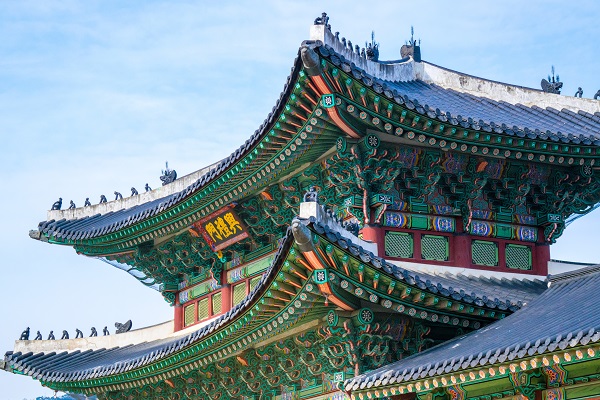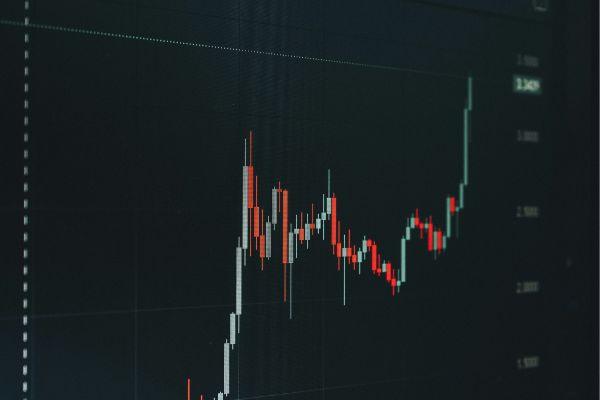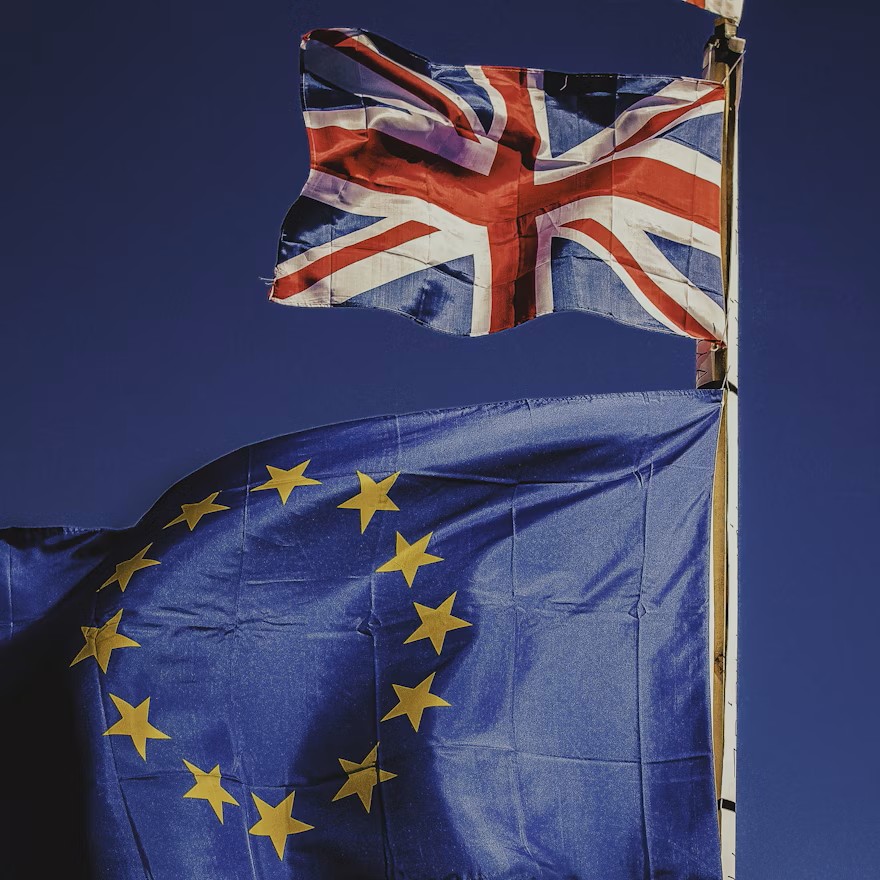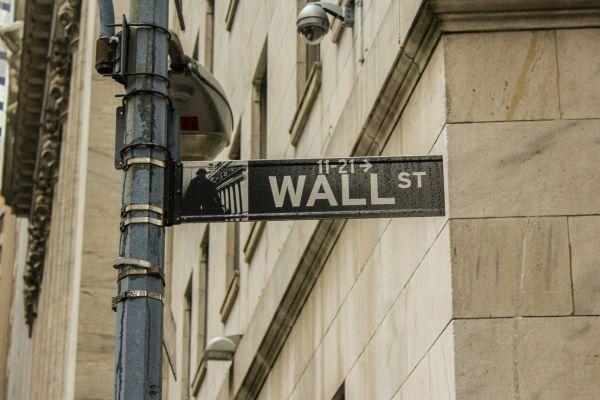South Korea has a very active structured products market and has one of the most highest proportion invested in structured products compared to investment in funds and other assets.
The size of its economy is very small compared to the US or Eurozone, being only a few percent of each. Given the low interest rates that exist in South Korea along with most other countries it is no surprise that yield seeking structured products are the most popular. The Bank base rate currently stands at 1.25%. In this piece we will explore the make up of the market by underlying choices.
Popular combinations
Data from StructuredRetailProducts.com show that in the first part of 2020 different combinations of equity indices were popular in the South Korea market. The most common combination was the Eurostoxx-50, S&P-500 and Hang Seng Cnina Enterprises Index, accounting for 22% of market share. The Eurostoxx-50 and SPX-500 also both featured in the next most popular combinations, which saw them joined by the Nikkei 225 (14% of sales) and the Kospi 200 (13%). In total, these three combinations of underlyings therefore make up nearly half the market by volume of issuance.
This tells us a few things about the South Korean market.
Firstly, given that investors view structured products as one of their main routes into equities, it is not surprising that the benchmark indices of major developed markets form regular choices. In each case an index from Asia is added to the product underlyings. Such groupings give investors exposure to different markets worldwide.
Secondly, we note that most of the products have underlying combinations that are worst-ofs rather than baskets. This is to facilitate capital at risk yield generating investments such as Auto-calls and Reverse Convertibles.
Worst of baskets
Creating a conventional basket would reduce the volatility and risk of the underlyings in aggregate and not help terms of capital at risk products. The relatively low correlations between US, Europe and Asian markets and indices provide enough value in the overall risk in the worst-of combination to generate higher yields.
There is an implicit danger in this approach, some investors might think that using indices from three major regions provides diversification in their investments. However worst-of products cannot really be called diversifying, since they take the worst performing index to calculate the payoff. In times where two indices perform well but one does not there may be a mismatch in expectations, resulting in investors losing faith in the product ranges.
The two indices which are the most popular on their own are the S&P-500 with 7% market share, and the Kospi 200 with 4%. In many other regions single index choices, particularly of the home market would be very common. In South Korea we see that this is not the case.
Interestingly we can also see that single stock linked products are less common despite the fact that they too would provide enough risk to generate yield in typical products. Korea Electric Power and Samsung are the two most popular choices but with 3-4% of market share. Further down the list are other combinations of equity indices and some US stocks. There is no big exposure to Asian single stocks.
In conclusion we see that the South Korean market, one of the main success stories of structured products markets globally has placed its faith in major indices to provide its investors with the risk return trade off they are seeking. It will be interesting to see how this trend plays out following the severe market corrections of recent weeks.
Tags: Structured Edge Investment









